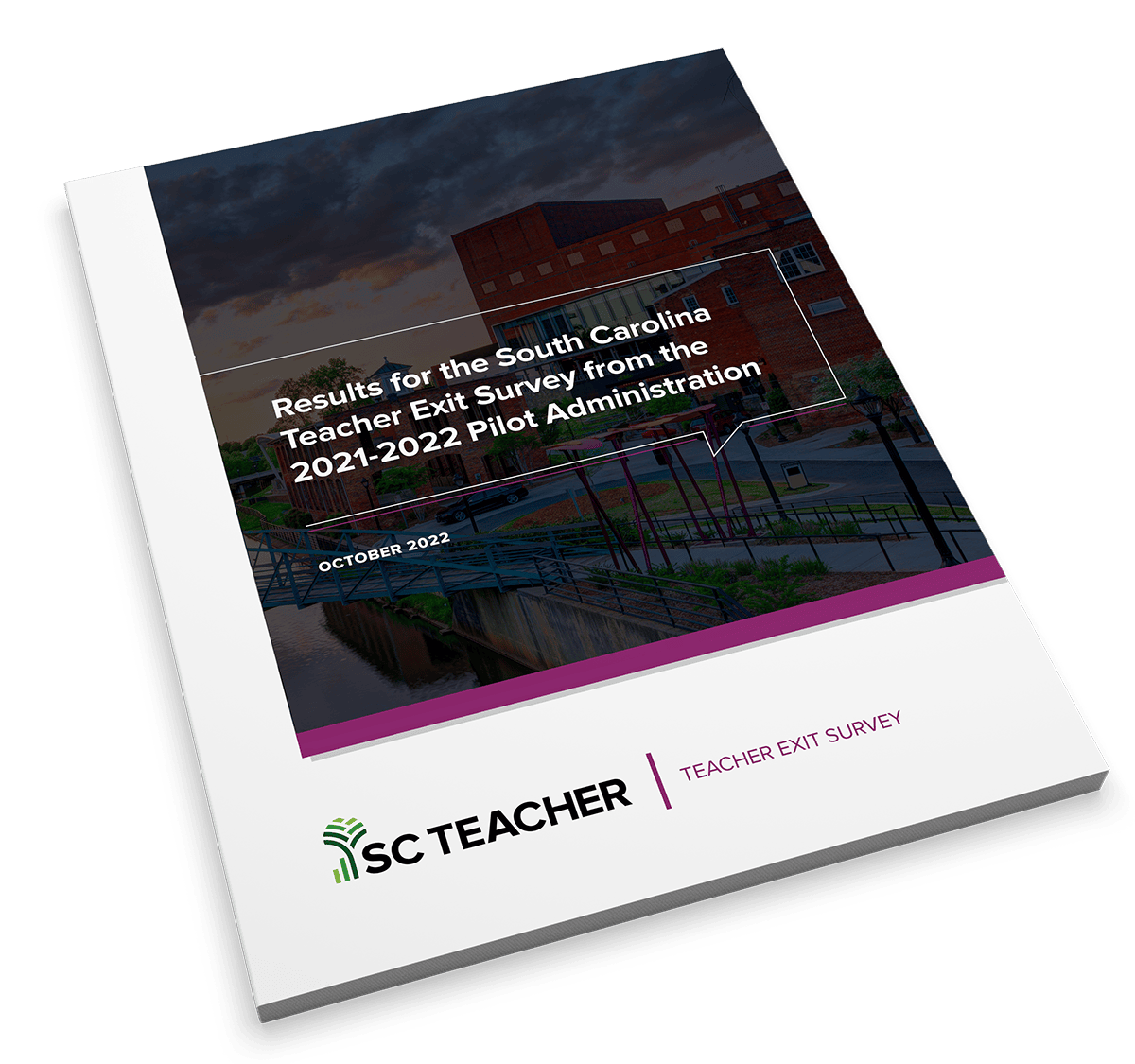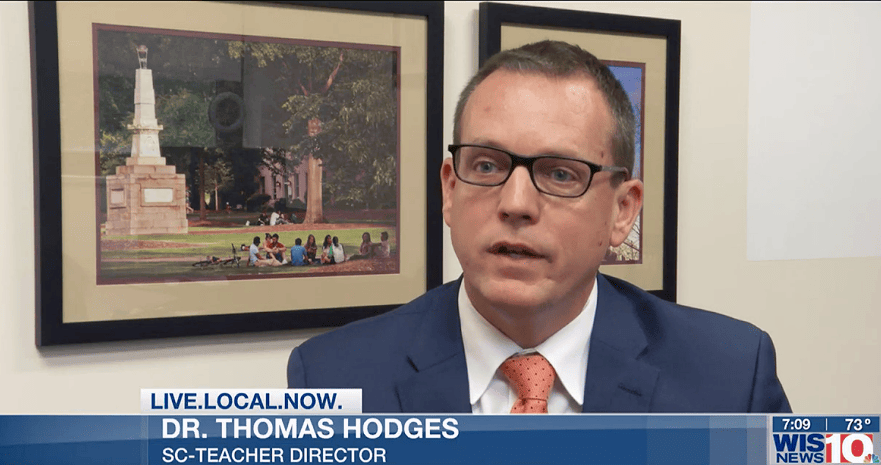Results for the South Carolina Teacher Exit Survey from the 2021-2022 Pilot Administration
SC-TEACHER’s second administration of the South Carolina Teacher Exit Survey provides insights from ten school districts regarding reasons teachers stay in, move from, or leave the profession. While the number of statewide vacancies is a helpful data point, perhaps more important to addressing specific policy and strategic needs is gathering information that presents a nuanced understanding of why educators make the decisions they make. These survey results offer insights into factors that influence teachers’ decisions.
The survey will be expanded to provide an opportunity for all South Carolina school districts to participate in spring 2023.
Results for the South Carolina Teacher Exit Survey from the 2020-21 Pilot Administration
The pilot administration of the SC Teacher Exit Survey (SC-TEACHER, 2021) from the 2020-21 academic year yielded insights directly from teachers in the state on key reasons for teacher turnover. The sample was limited to five school districts located in the Midlands region. Expanded data collection statewide would provide results that more fully represent the SC teaching population. It should also be noted that the results are comingled with the influence of the COVID-19 pandemic.






